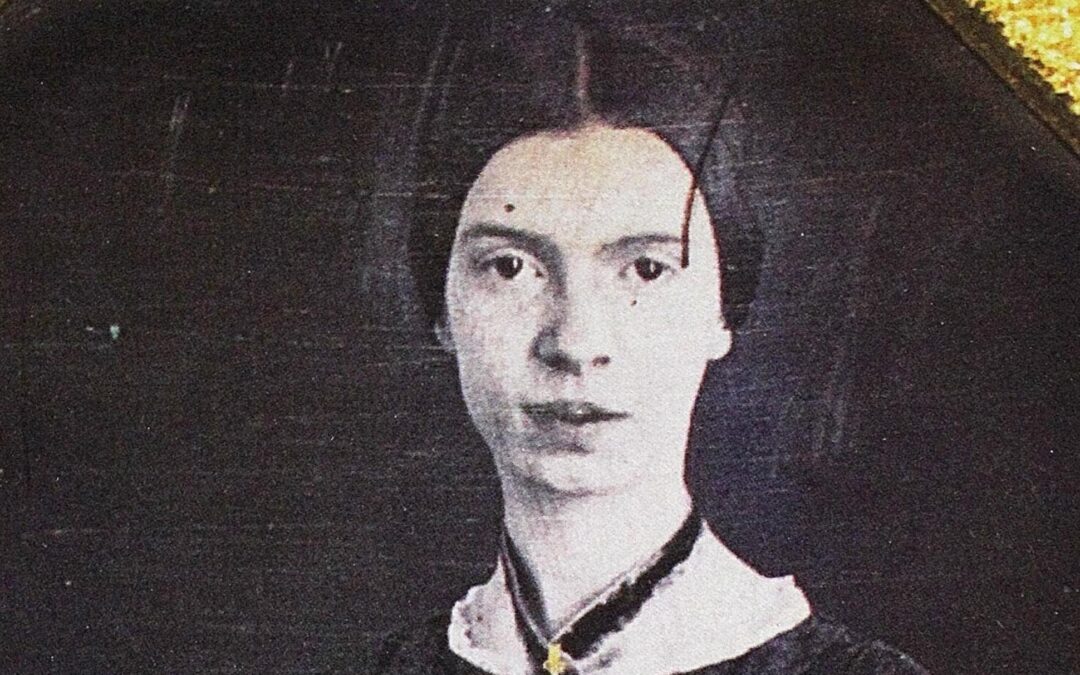Emily Dickinson, a poet who can only be described as American, wrote a dashful poem about the aftermath of a great pain. My darling Charlotte has deciphered the pain as being that which follows a bereavement. See what you make of it:
After great pain, a formal feeling comes –The Nerves sit ceremonious, like Tombs –The stiff Heart questions ‘was it He, that bore,’And ‘Yesterday, or Centuries before’?The Feet, mechanical, go round –A Wooden wayOf Ground, or Air, or Ought –Regardless grown,A Quartz contentment, like a stone –This is the Hour of Lead –Remembered, if outlived,As Freezing persons, recollect the Snow –First – Chill – then Stupor – then the letting go –
Since my dictating the first sentence, Charlotte and I have discussed this poem and we have agreed it could apply to grief in general. The first stanza speaks of the numb paralysis after a great trauma. The Mrs Bennet esque reference to nerves is accurate and expressive. I am sure we have all felt at one point preyed upon by our nerves. The reference to Christ’s suffering is a little more confusing to me. This requires an explanation – deixis (use of general words and phrases to refer to a specific time, place, or person in context, e.g., the words tomorrow, there, and they) to be understood. We can only suppose that Dickinson’s grief seemed, at the time, to be akin to Christ on the cross. But what did He bear?
Charlotte has reminded me that one cannot mention feet in a poem without making reference to the meter of the poetry, Iambic pentameter, for example, consists of five iambs ( _ / ). There are two main types of iambs, a trochee and spondee. Trochee is stressed then and unstressed syllable. A spondee consists of two stressed syllables. An example of a trochee would be the beginning of Blake’s The Tyger: the first syllable is stressed and the second is unstressed.
Tyger Tyger, burning bright
Why all this talk of poetic dissection? Merely to explain the feet pun in the second stanza. Beyond the metric punnage, the second stanza speaks of the effect of time on anxiety. The speaker uses solid materials to emphasise her frozen stiff state. Quartz contentment could mean tranquility and acceptance, stability in the hard material, or indeed a cold, hard numbness.
The final stanza is a little more jarring. It seems to suggest that the speaker does not believe she will live through the leaden hour. Will she die before she has gotten through her grief by natural causes, or by her own hand? The stages of grief are clear here, the speaker is chilled, frozen by the impact of the event, then numb. After this, the speaker is freed from her grief, though at what cost?

